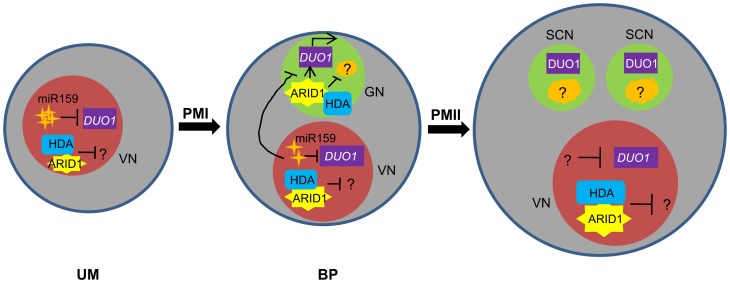Figure 7. Model for ARID1 function during sperm cell formation in Arabidopsis.
miR159 plays a major role in restricting DUO1 expression in the vegetative cell. As pollen development proceeds, miR159 abundance is gradually decreased and ARID1 expands its expression into the generative cell, possibly by responding to the decreased repressive role of miR159 in bicellular pollen. ARID1 then promotes DUO1 activation by directly binding to the DUO1 promoter, and thereby facilitates the initiation of sperm cell formation. On the other hand, ARID1 might repress expression of unknown negative regulators (orange) of cell cycle progression, by altering the epigenetic status of the generative cell. Once sperm cells are formed, ARID1 gradually decreases until it is eliminated from germline cells, so that DUO1 is steadily present and negative regulators possibly related to germline function start to be active, due to dissociation of ARID1 and histone deacetylase. Thus we hypothesize that the alteration of epigenetic status during sperm cell formation is correlated with a change in the subcellular localization of ARID1, which could facilitate cell cycle progression of the two consecutive mitoses. VN, vegetative nucleus; GN, generative cell; SC, sperm cells.

